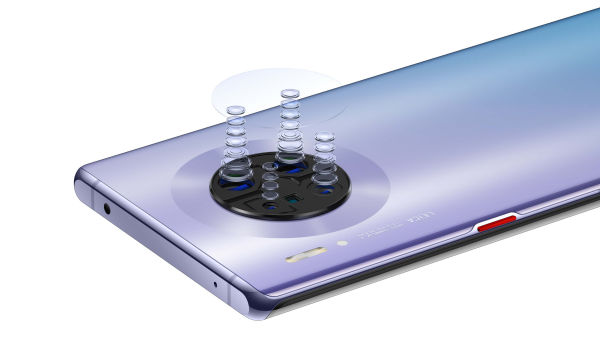Recently, Huawei introduced the new top model Mate 30 Pro -- with impressive camera features, but a big catch: the lack of support from Google, which on an Android smartphone is currently probably considered a dealbreaker, although Huawei promises to replace Google Mobile Services (GMS) with its own services and apps.
The 3x camera, on the other hand, has it all, because the additionally included Time-of-Flight-Sensor (ToF) measures the distance to the subject, the artificial depth blur calculated on this basis should now also be able to be used in video mode for the first time. For our eyes, such a bokeh effect in photos usually looks a bit different than a real optically generated one, but at least it is a possibility to modify the sharpness behavior of the small sensors a bit. How the artificial bokeh looks in video recordings with the Mate 30 Pro remains to be seen, at least we couldn't discover a corresponding clip in the internet yet.

The main camera is equipped with two 40 MP modules with 1/1.7" resp. 1/1.54" sensors, whose Kb-equivalent focal lengths correspond to 17mm (F1.8) resp. 27mm (F1.7), furthermore there is a third 8MP camera with the equivalent of 80mm (Kb-equivalent) on board (F2.4). In 4K mode you can film at 60 frames per second -- in FullHD the Mate offers 30 Pro slow motion at 960fps, in 720p even up to 7,680 fps. The flagship model also features the new 7nm Kirin 990 chipset.
The device is to be offered for sale in Germany at a price from 1,100 euros, from when is as it still seems open.

